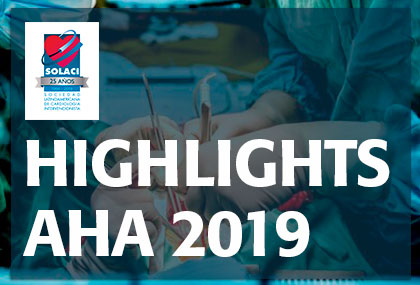This small randomized study heated the debate about when to intervene aortic stenosis (AS). Putting off surgical valve replacement (SAVR) in patients with asymptomatic AS and waiting for symptom onset with conservative care increased periprocedural risk and all cause cardiovascular death.

This study presented by Dr Duk-Hyun Kang during AHA 2019 scientific sessions (simultaneously published in NEJM) supports the idea of preventive valve replacement in asymptomatic patients with severe aortic stenosis.
The RECOVERY randomized 145 asymptomatic patients with severe AS (valve area ≤0.75 cm² and peak systolic velocity ≥ 4.5 m/seg or mean gradient ≥ 50 mmHg) of 4 hospitals in Korea to early surgery (within 2 months) vs waiting for symptom onset with conventional care.
Surgery was successful in the 72 patients who received it, with 0 mortality. 74% of patients under conventional care wound up receiving TAVR or SAVR for symptom onset at follow-up (mean time between randomization and symptom onset was 700 days). This group showed no periprocedural mortality as well.
After over 6 years, cardiovascular mortality was significantly lower in the early intervention group (1% vs 15%; HR 0.09; CI 95% 0.01-0.67). All-cause mortality also resulted lower (7% vs 21%; HR 0.33; CI 95% 0.12-0.90).
Valvulopathy definition values were very strict. Stenosis was quite severe, which is why many patients were most likely self-limited rather than asymptomatic, in addition to having very low surgical risk.
As regards modifying guideline recommendations, we still ought to wait for the outcomes of ongoing randomized studies such as the EARLY TAVR.
Original Title: Early surgery or conservative care for asymptomatic aortic stenosis.
Reference: Kang D-H et al. Presentado en las sesiones científicas del congreso AHA 2019 y publicado simultáneamente en NEJM.
Get the latest scientific articles on interventional cardiologySubscribe to our weekly newsletter
We are interested in your opinion. Please, leave your comments, thoughts, questions, etc., below. They will be most welcome.





